SAND DAM PROJECT
Introduction
The Sand Dam Project, Implemented by Sustainable Agriculture Tanzania (SAT) with partnership of Sand Dams Worldwide (SDW), aims to provide sustainable water solutions to communities in the Dodoma region, Tanzania. By constructing sand dams in Mpwapwa and Chamwino districts, this project seeks to alleviate water scarcity, enhance agricultural productivity, and improve the livelihoods of local farmers.

Project Goals
The primary goal of this project is to establish reliable and year-round access to clean water for rural communities in Dodoma. This is achieved through the construction of sand dams, which offer a sustainable solution to water scarcity by capturing and storing water in sandy riverbeds.
Key outcomes include:
- Ensuring year-round access to safe water for four targeted communities.
- Improving water quality and availability for domestic use, irrigation, and livestock
- Supporting local farmers in growing vegetables and establishing tree nurseries, improving food security and household incomes.
- Building community resilience to climate change by providing a stable water source even during droughts.
Community Engagement
Engaging local communities is central to the success of the Sand Dam Project. SAT conducted meetings with community members and Local Government Authorities (LGAs) to introduce the project, discuss roles and responsibilities, and address concerns. Key elements include:
- Formation of local sand dam committees to oversee construction and maintenance.
- raining sessions for local artisans in dam construction techniques.
- Exchange visits to existing sand dam sites in Kingiti and Iyenge villages to build understanding and enthusiasm for the project.
Achievements

·Sand Dam Construction: Completed the construction of dams in Mhangwe, Majeleko, Iyenje, and Kingiti providing a reliable water source for over 1100 households.
·Local Capacity Building: Trained five local artisans and SAT staff in dam construction and maintenance, ensuring local expertise and sustainability.
·Tree Planting Initiatives: Established community-led tree nurseries, aiming to plant over 4,000 trees to combat deforestation and improve the local ecosystem.
Overcoming Challenges with Community-Driven Solutions
The project navigated hurdles like decreased community participation during other social events and public gatherings and limited initial support from certain local leaders. SAT responded by ramping up community engagement efforts and highlighting the long-term benefits of sand dams. This approach fostered strong community involvement and enduring commitment to the project’s success.

Impact Stories
Community members have shared positive feedback about the project's impact. For instance, women in Mhangwe village now spend less time fetching water and more time on economic activities, leading to improved livelihoods. The increased availability of water has enabled farmers to grow vegetables during the draught season, boosting both nutrition and income.
.jpeg)
The Sand Dam project is kindly supported by

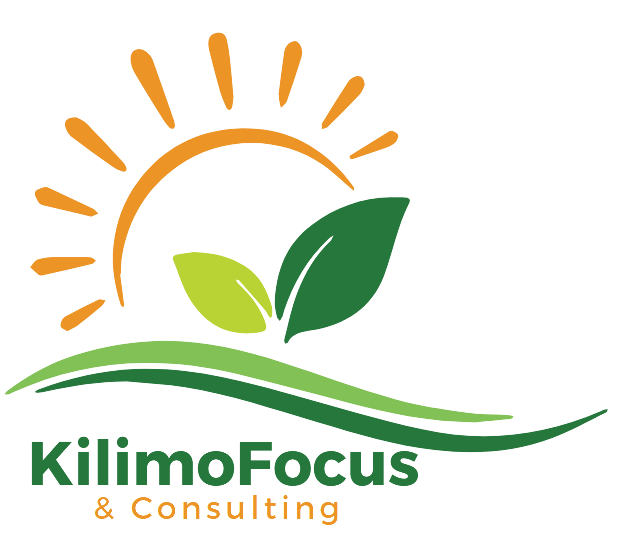
Business Name: KilimoFocus and Consulting
Founder / Owner Name: Rebeca Andrew
Location: Dar es Salaam
Products/Services: The enterprise sources, packs, brands, and supplies food products to supermarkets and retail stores and provides consultancy services for agricultural projects
Instagram: @kilimofocustz

Business Name: Healthy Dried Food Tanzania
Founder / Owner Name: Oliver Kavishe
Location: Bagamoyo, Pwani
Products/Services: Snacks and food items such as dried fruits and vegetable powders
Instagram: @dried_foodtz

Business Name: Mamahealth Enterprises
Founder / Owner Name: Aslatu Nguku
Location: Dodoma
Products/Services: Preserving fruits and vegetables into healthy snacks and flours
Instagram: @mamahealthtz

Business Name: LPHQ Enterprise
Founder / Owner Name: Angelina Sylvester Hillu
Location: Iringa
Products/Services: Tomato wine
Instagram: @elitewinetanzania
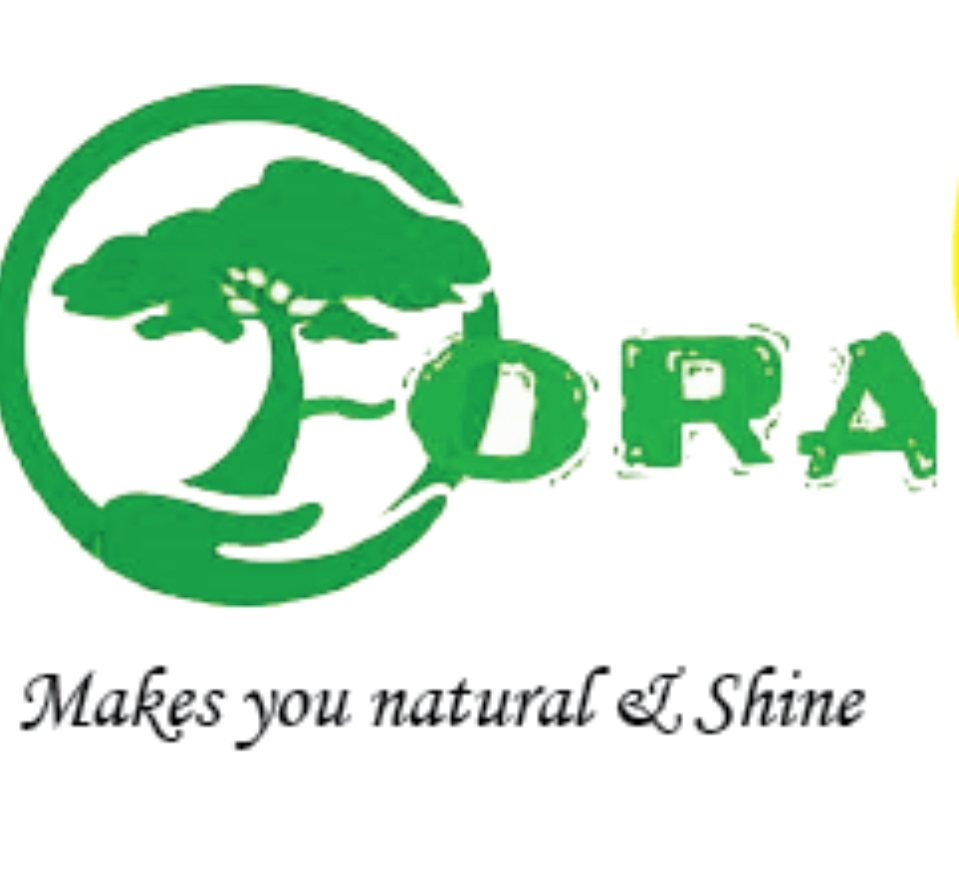
Business Name: Golden Key Organic Processor
Founder / Owner Name: Farida Salehe Nassoro
Location: Dar es Salaam
Products/Services: Health and beauty products made from pure natural plants
Instagram Account: @fora_products

Business Name: Mamabora Food Products
Founder / Owner Name: Rose Mjuni
Location: Arusha
Products/Services: Nut butter with chocolate
Instagram Account: @mamaboranuts
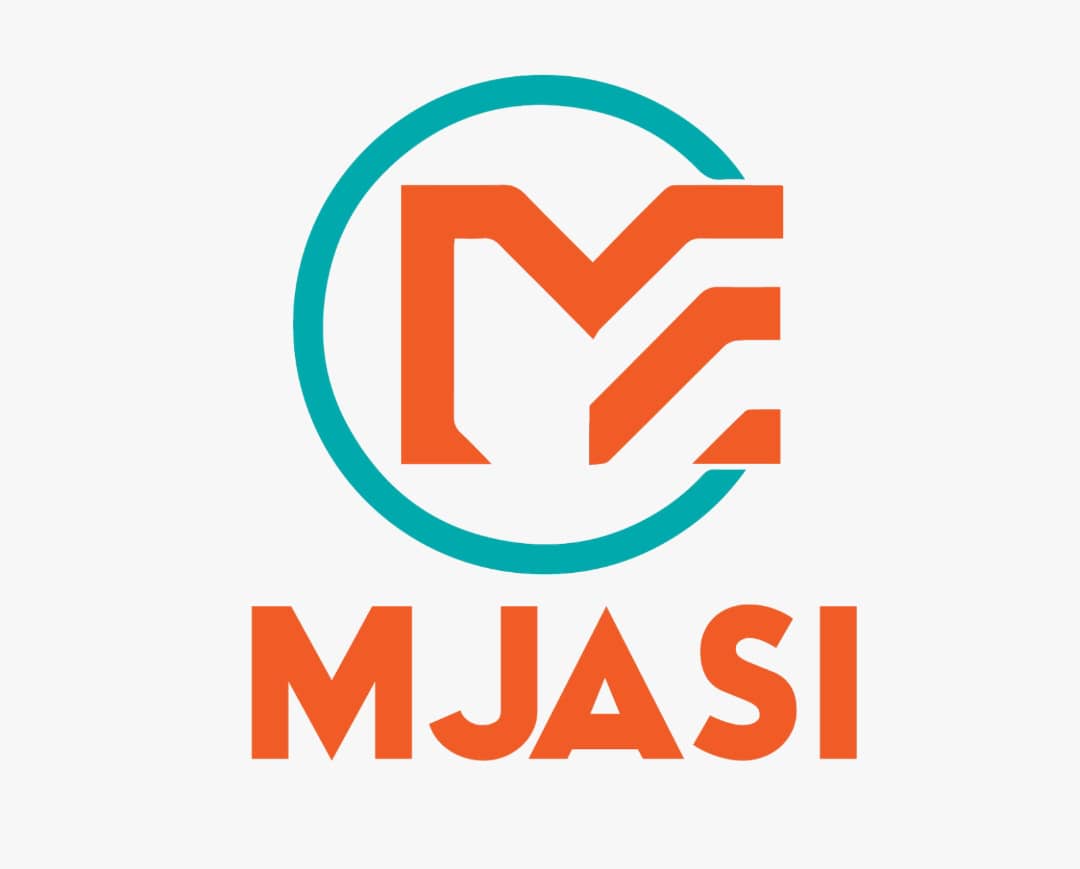
Business Name: Mjasi Enterprises
Founder / Owner Name: Eva John
Location: Dar es Salaam
Products/Services: Ground, beetroot, carrot, coconut, potatoes
Instagram Account: @mjasienterprises_tz
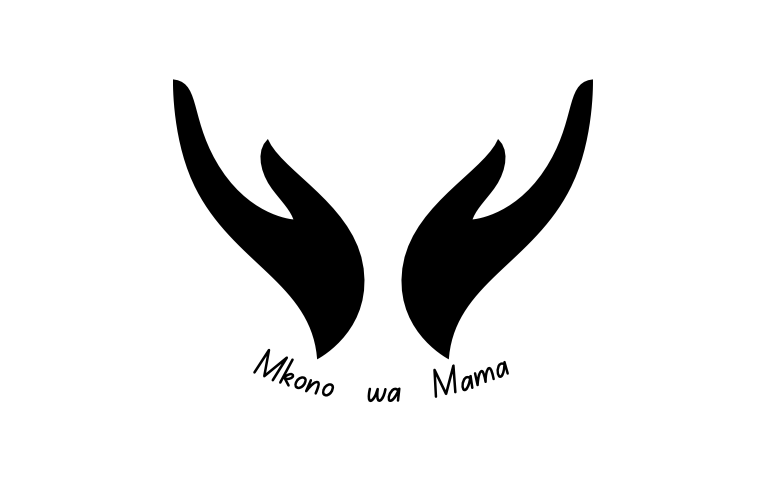
Business Name: Mkono wa Mama
Founder / Owner Name: Ketteneema Lukindo
Location: Dar es Salaam
Products/Services: Fruits Candy and Pastes
Instagram Account: @mkonowamama
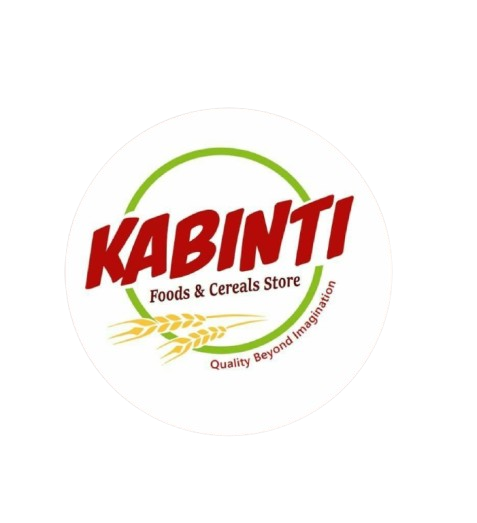
Business Name: Kabinti Products
Founder / Owner Name: Sarah Benard
Location: Ilboru, Arusha
Products/Services: Porridge Flour and Pumpkin Seeds Flour
Instagram Account: @kabinti_products
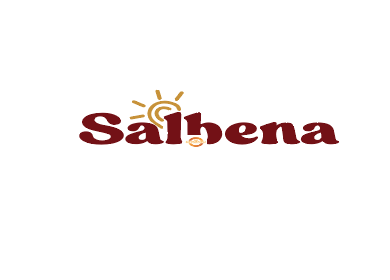
Business Name: Salbena Investment Company Limited
Founder / Owner Name: Simon Majeni
Location: Dar es Salaam
Products/Services: Organic honey
Instagram Account: @Salbenahoney

Business Name: Cocozania Group
Founder / Owner Name: Masome Daniel Kulwa
Location: Dar es Salaam
Products/Services: Virgin coconut oil, blended coconut oil, coconut biscuits, coconut powder
Instagram Account: @Cocozania_Official

Business Name: Nita Food Products
Founder / Owner Name: Lilian Mmbando
Location: Arusha
Products/Services: Nutritious seeds
Instagram Account: @nitafoodproducts

Business Name: Rejuvenation Food Africa limited
Founder / Owner Name: Anne Outwater
Location: Dar es Salaam
Products/Services: Ice cream from wild fruits and honey
Instagram Account: @zaidiicecream

.jpg)

.jpg)

